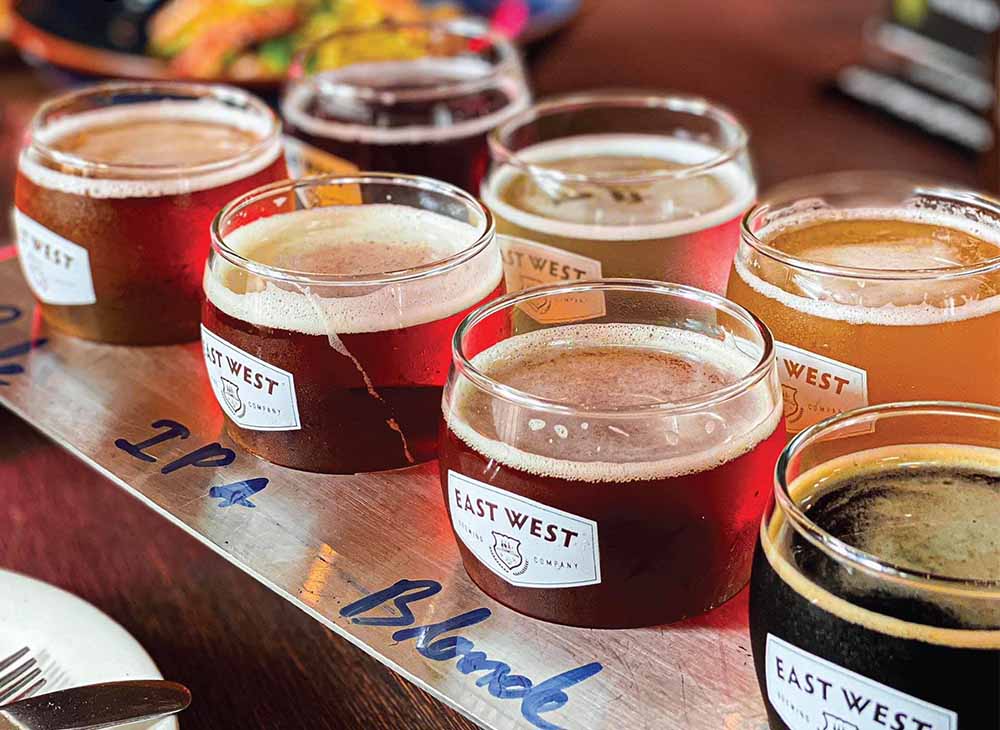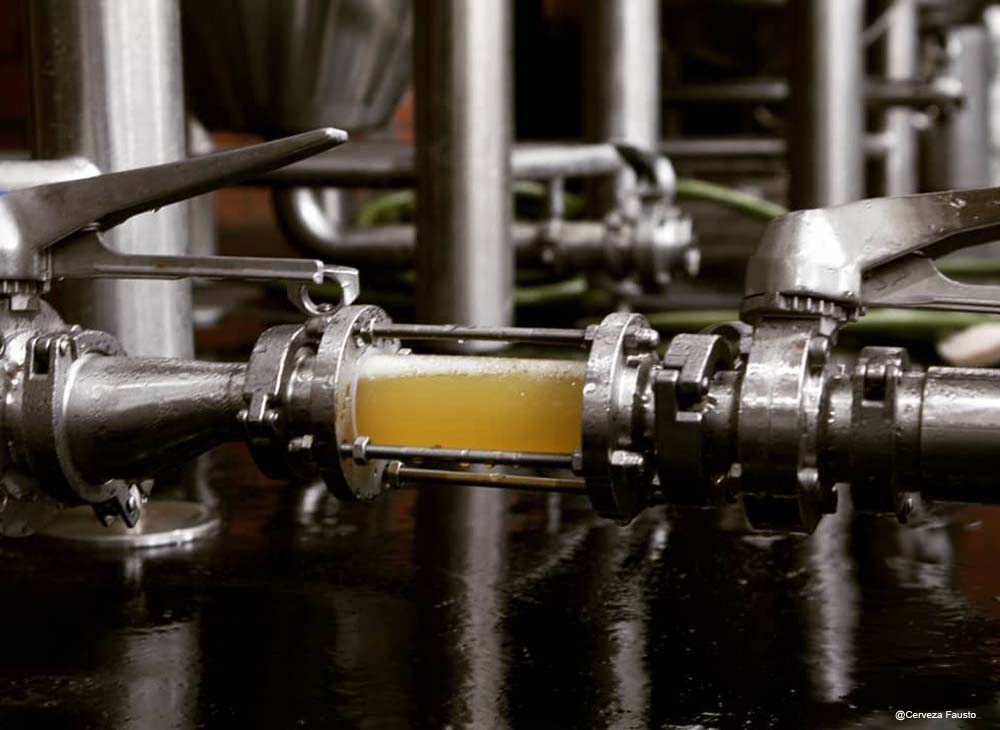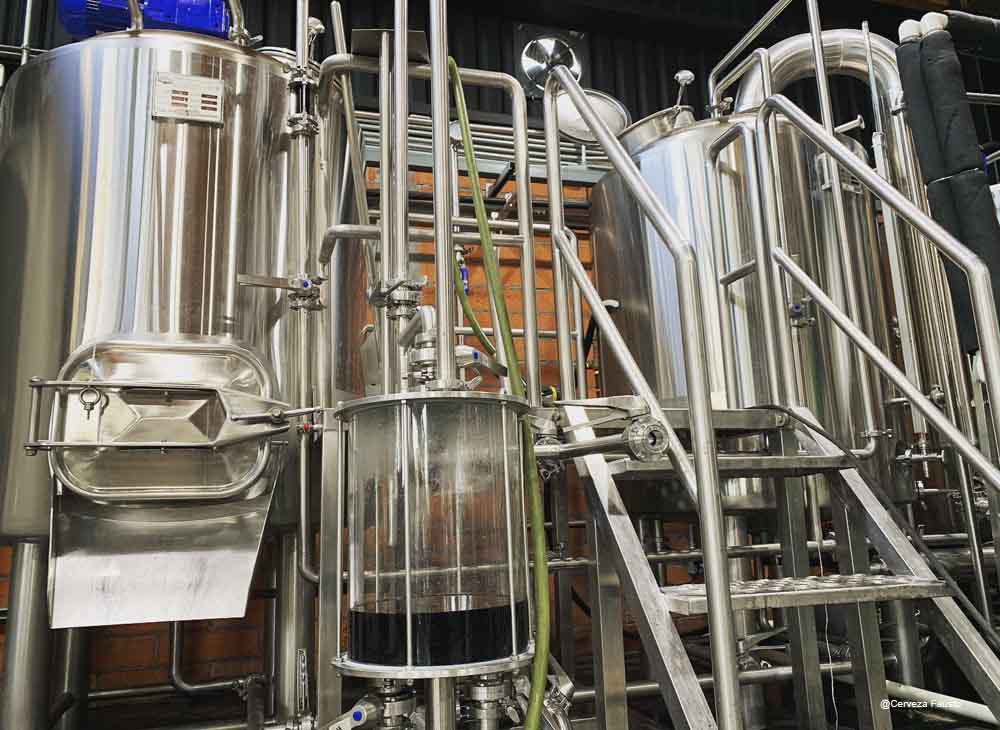Yeast’s Role in Craft Beer Brewing
- Dec 18, 2021
- 177
- tiantai
We know yeast plays an important role in bread and winemaking (not to mention the future of biofuels…). But how does it work in beer?
No surprise, the role of yeast plays out much same everywhere it goes. Yeast eats. Well, put more specifically, yeast metabolizes—at least, that’s what we care about. Not that we’re not happy that yeast gets a full meal out of the sugars in our grape juice, but we’re happier with what it produces—wine. The same is true for bread and beer. The yeast we put into the wort (the liquid made from boiling malted grain) likes to feast on those grain sugars, and we let it, because the byproduct of that primal gluttony is alcohol. Yes. Yeast turns our cereal into beer.
But it’s not just any kind of yeast. There are certain special kinds involved in brewing. And while you won’t have to memorize Latin nomenclature or identify your favorite beer by the yeast that fermented it, it is actually useful to know about two kinds of yeast directly related to the two major fermentation methods involved in beer production. It all comes down to ale vs. lager.
Chances are, you’ve been in a situation where a beer was interchangeably referred to as ale or lager, and hoped no one asked you the difference. (We’ve all been there.) The difference is this: how was the beer fermented? Ale is top-fermented, meaning the yeast is applied to the top of the wort, and at a higher temperature. Top-fermenting is the oldest method, and the yeast used for it is called Saccharomyces cerevisiae. Top-fermenting tends to yield more flavor, as esters (a byproduct of both kinds of fermenting) are more pronounced in warm fermenting, as are phenols (which include things like tannin).
.jpg)




.jpg)